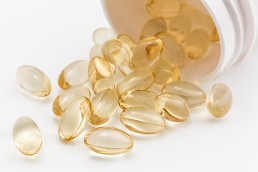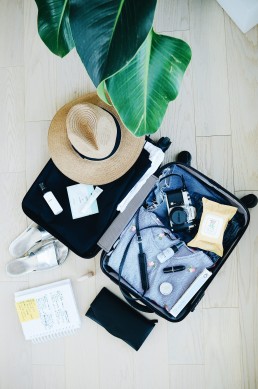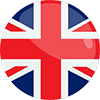Boost your diet to protect against severe asthma attacks.
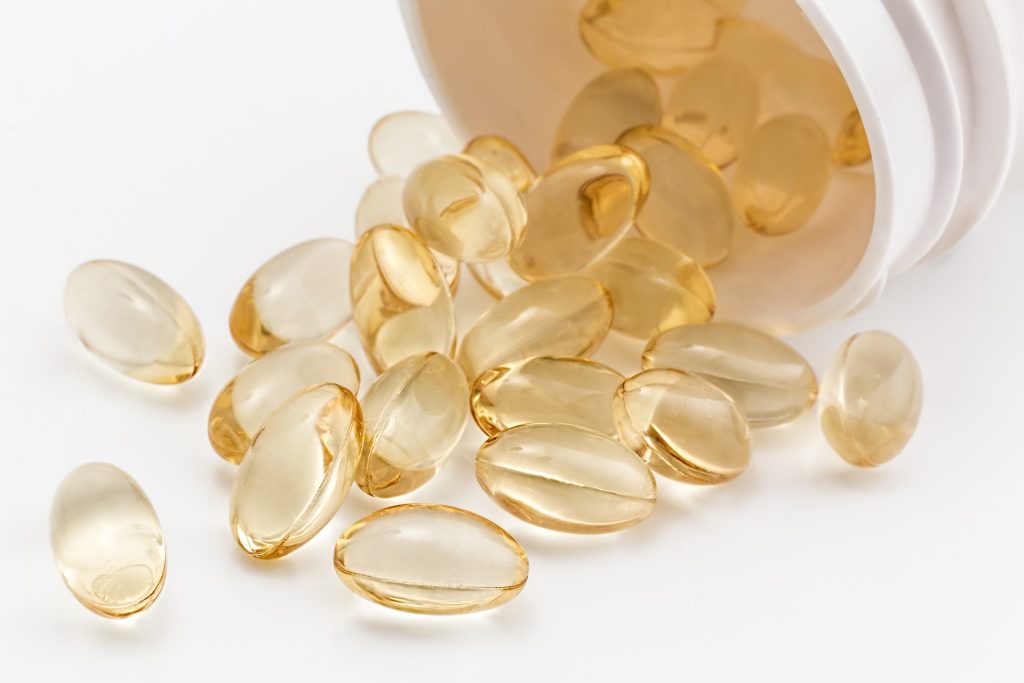
Another fantastic article we have to be brought back to our current readers who have sever asthma, here are some great supplements that have been noted to help. Please do check with your doctor before taking as these are just recommendations from various sources.
We are all aware of extra nutrients and vitamins we need. But especially in winter in most European and other countries the sun goes down and we lack a vital Vitamin D. There have been several studies around this helping against severe asthma attacks. Winter is especially difficult due to the cold air and this causes airways to go into spasm.
If you are looking on ways to help please speak to your doctor about taking more Vitamin D during this winter to help ease the symptoms. Even for those who do not suffer from asthma attacks can have benefits of this vitamin as we lack the goodness of the sun. This can even simply be feeling more energised during those cold winter months and what our bodies need more of.
Take a look at our website for more resources and help with those needing medical oxygen here.
Best Winter Trip 2022

- Iceland – A great island in winter, beautiful scenery.
- Madeira – A wonderful landscape.
- Andalucia – Amazing for Winter.
- Sicily – Small island but so much to see.
- United Kingdom – London, Edinburgh, Bath - great historical cities.
- Germany – So picturesque.
- Cyprus – For those looking for warmer winter holidays.
For all your medical oxygen needs please do send your desired destination and oxygen needs to our expert team simply online here or call us.
COPD and oxygen therapy

Another article from the archives but an important one.
Many people with COPD need supplemental oxygen therapy. Unfortunately, some people who use portable oxygen are wary of travelling with oxygen.
So they opt to stay at home instead of going out to see friends, shop, or enjoy a vacation. But oxygen therapy can actually enhance your physical ability to go places and do things that the advance stage of COPD was keeping you from doing. Once you’ve learned what’s involved, you may find that oxygen gives you more freedom to go places and do things you want to do.
If you don’t use one already, you’ll need to switch to a portable oxygen delivery system for trips away from home. Portable oxygen concentrators (POCs), hold compressed oxygen in small tanks. Most POC tanks come with carrying cases and travel carts. These are excellent for using in airports or simply going sightseeing.
Contacter OxygenWorldwide – experts for over 20 years when travelling away from home. Our team of experts can help arrange all the necessary oxygen and POC’s during your holidays to help you and your loved ones have more freedom.
List of airlines that allow portable oxygen

Always check before booking your flight as details and policies may change. These airlines have allowed portable oxygen concentrators you can reach out to their websites for further information and to confirm their conditions.
Aegean Airlines
Aer Lingus
Air Canada
Air China
Air France
Air Iceland
Air New Zealand
Air Malta
Air Tahiti Nui
Airtran Airways
Alaska Airlines
American Airlines
Alitalia
All Nippon Airways
Allegiant Air
American Airlines
Avianca Airlines
British Airways
China Southern Airlines
Continental Airlines
Delta
EasyJet
Emirates
Frontier
Hawaiian Airlines
Iberia
Icelandair
Japanese Airlines
Jet Blue
KLM
Lufthansa
Mango
Qantas
Ryanair
Singapore Airlines
South African Airways
Southwest
Sun Country
Swiss Air Lines
Turkish Airlines
United Airlines
US Airways
Virgin Atlantic
Virgin Australia
WestJet Airlines
Also refer to our website here for countries we can deliver oxygen to once at your destination.
10 more countries that have dropped or lowered COVID restrictions...
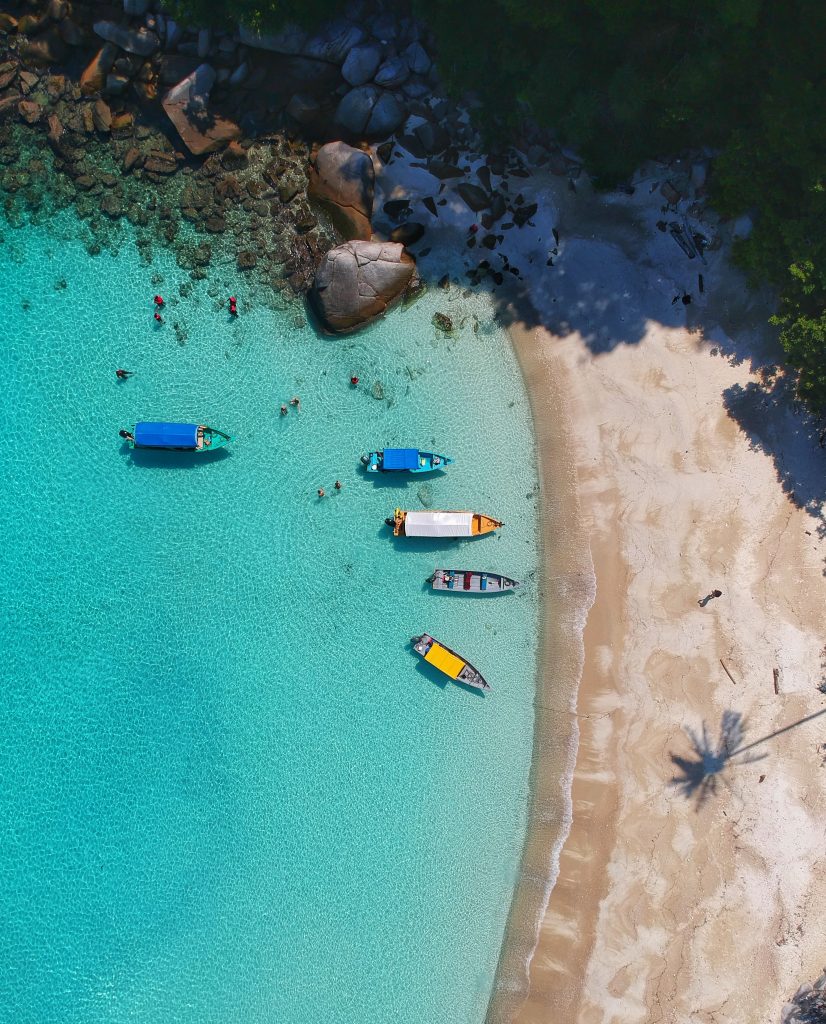
Here find countries that have dropped all or most of their local Covid-19 restrictions.
- Malaysia
- Belize
- Slovakia
- Czech Republic
- Jamaica
- Argentina
- Poland
- Denmark
- Sweden
- Romania
Plan you trip in advance as possible, Contact our team with your medical oxygen requirements and pack your bags ready for an adventure!
What oxygen therapy information do you need when planning a trip?
The best thing to do is to contact your GP or Doctor or specialist consultant to obtain the below information before contacting the team to plan and delivery what you will need on your next trip.
- Will you require oxygen for the whole journey or just for a certain amount of time
- Maximum flow rate
- If you require battery power on the plane then please do contact your airline to see if a seat is available with access to a power socket
- Always pack spare adapters
- If you will be using your portable oxygen concentrator during the flight, you may not sit in an emergency exit row or in a seat that restricts other passengers’ access to an emergency exit.
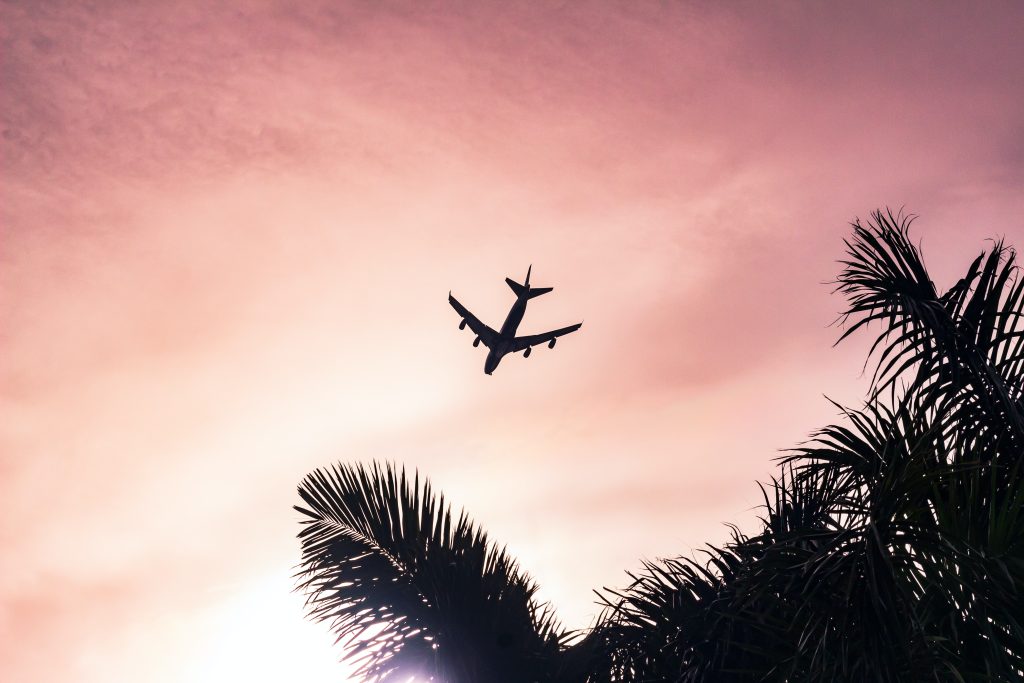
10 Countries that have dropped or lowered COVID restrictions RIGHT NOW

- Turkey
- Austria
- France
- Germany
- Cyprus
- Latvia
- Grenada
- Iceland
- Gibraltar
- Chile
Plan you trip in advance as possible, Contact our team with your medical oxygen requirements and pack your bags ready for an adventure!
Oxygen Therapy and Smoking Does Not Mix
Cigarettes on their own are the leading cause of house fires, but add to this the risk of oxygen being stored in the home and the danger dramatically increases.
Over the last few years there have been a staggering number of reports of people on home oxygen therapy being admitted to hospital with facial burns, eyebrows and hair burned off, death, smoke inhalation injuries and fire damage to their homes in the thousands of pounds. These occurred because they or a friend/family member were smoking whilst the patient's oxygen equipment was in use.
However, do not interpret this to mean that oxygen therapy is something to be afraid of, it just needs to be respected.
General Advice when using oxygen equipment:
• If you’re on oxygen, DO NOT smoke.
• If you live with or visit someone on oxygen, DO NOT smoke around them.
• Stay away from open flames, sparks, and gas (including gas stoves).
• Turn the oxygen off while not in use.
• Avoid petroleum-based products.
• Do not use aerosol sprays nearby.
• Comply with all safety instructions provided by your home medical equipment company.
• Keep your oxygen concentrator in a well-ventilated area.
• Never allow the tubing, cannula, or mask to be covered, as it can result in a build-up of concentrated oxygen.
• Keep the name and number of your home medical equipment provider in a prominent spot for reference.
• Post a sign stating 'DANGER: No Smoking-Oxygen in Use' for the benefit of engineers or visitors.
There are also health risks associated with smoking while on oxygen therapy. Smoking is the most common cause of many medical conditions associated with the requirement of oxygen therapy. Smoking got you here therefore it is highly recommended that you put as much effort as possible into trying to give up this harmful addiction, or to at least cut down. Smoking more will just continue to damage your lungs and increase the deterioration of your respiratory capability and make you increasingly more dependent upon supplemental oxygen. Using supplemental oxygen can improve your health and improve your medical condition but if you smoke you are hampering the possible medical benefits of the treatment.
There should be a respectful balance between your own lifestyle choices, your medical needs and the safety of yourself and others around you. Be aware of the dangers and make sure you take all possible safety precautions.
References: http://lambertshc.com and http://scienceblogs.com
Facts about oxygen
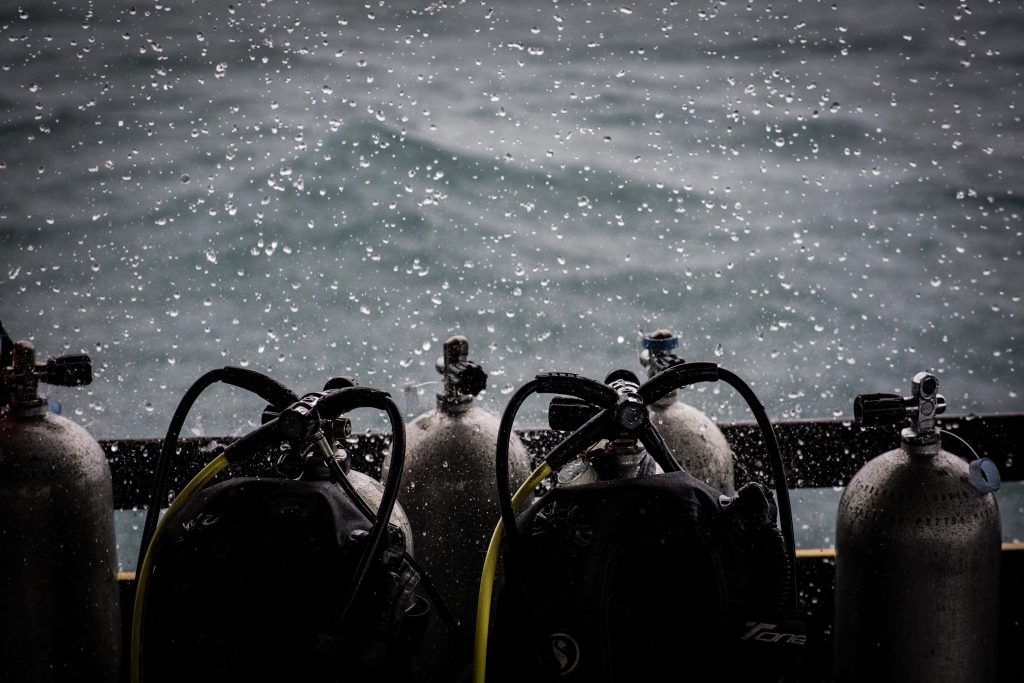
Time to go back to another popular post from a few years ago where we talk about facts. Facts of oxygen...
Oxygen surrounds us and is fundamental for life and yet we can take it for granted and not realise that it’s a lot more than just a component of the air.
- Our atmosphere today contains around 21 percent oxygen. About 300 million years ago oxygen levels reached 35 percent and insects were able to grow super-large- think dragonflies with the wingspans of hawks.
- Oxygen does not actually burn as people think it does. However it does support the combustion of other substances and without a supply of oxygen, combustion ceases. If you think about it, if oxygen itself actually burnt, simply striking a match would be enough to burn all of the oxygen in our planet’s atmosphere.
- Almost two-thirds of the weight of living things comes from oxygen, mainly because living things contain a lot of water and 88.9 percent of water’s weight comes from oxygen.
- Oxygen (O2) is very unstable in our planet’s atmosphere as it is very reactive and must be constantly replenished by photosynthesis in green plants. Without plant life, our atmosphere would contain almost no oxygen. If we discover any other planets with atmospheres rich in oxygen, we will know that life is almost certainly present on these planets as significant quantities of oxygen will only exist on planets when it is released by living things.
- The Northern (and Southern) Lights: The green and dark-red colours in the aurora Borealis (and Australis) are caused by oxygen atoms. Highly energetic electrons from the solar wind split oxygen molecules high in earth’s atmosphere into excited, high energy atoms. These atoms lose energy by emitting photons, producing awe-inspiring light shows. These usually occur in the polar regions because solar electrons will accelerate along our planet’s magnetic field lines until they hit the atmosphere in the polar regions.
- A common urban myth is that hyperventilation is caused by breathing in too much oxygen. When we hyperventilate, we breathe too quickly, and this can lead to symptoms such as headache, light-headedness, dizziness, chest pains, tingling, slurred speech, fainting and spasms. Hyperventilation actually causes us to get rid of too much carbon dioxide from our bodies. The trouble with this is that we need carbon dioxide in our blood to stop it from becoming too alkaline. When we hyperventilate, we lose too much carbon dioxide, which disturbs the balance of substances in our blood, causing its pH to increase; this causes the blood vessels leading to our brains to get narrower, slowing the blood flow and decreasing the amount of oxygen reaching vital organs, leading to the symptoms of hyperventilation.
- As a gas, oxygen is clear. However as a liquid, it’s pale blue. If you’ve ever wondered what swimming in a pool of liquid oxygen would be like, the answer is very, very cold,(according to Carl Zorn of the Thomas Jefferson National Accelerator Facility). Oxygen must get down to minus 297.3 F (minus 183.0 C) to liquefy, so frostbite would be a bit of a problem.
References: http://www.chemicool.com/elements/oxygen-facts.html and http://www.livescience.com/28738-oxygen.html
Before you start packing - Follow our 5 steps...
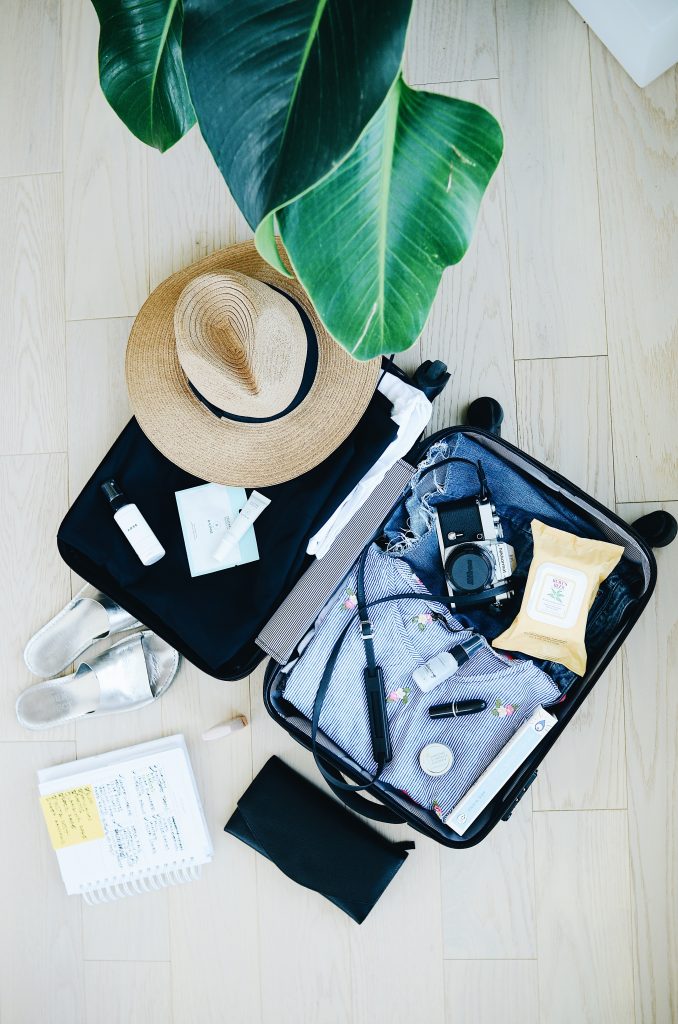
Now we have previously mentioned our top 5 steps so here it is again. Summer has not ended just yet. There is always time to plan your next trip.
5 steps before traveling with medical oxygen
#1 Contact your doctor/GP to make sure it is safe for you to be traveling with your medical condition, You will not be able to bring your own oxygen on-board with you, so you will have to arrange your oxygen use for your flight.
#2 In advance call the airline and speak with the correct department to make your arrangement on board. The OxygenWorldwide team can help with this process if you provide your prescription with your enquiry.
#3 Make sure that you confirm that you meet the requirements of the carrier. Confirm with them that they can provide the flow of air you need and whether or not they will provide you with a nasal cannula or mask.
# 4 It is best 48 hours prior to departing on your travels it is best to confirm all of your arrangements by phone or email and make sure to go over all of the rules and regulations that the airlines give you. Typically, the airlines will direct you to a website with rules.
# 5 These same steps apply if you are traveling by train or cruise ship. If cruising, make sure to contact the company before purchasing tickets. Many cruise line operators do not allow oxygen tanks on board the ship.
For all you medical oxygen needs please contact Oxygen Worldwide today. Our team are open 24 hours, 7 days a week and also speak many languages.

